What is an AI Robot: Definition and Basic Concepts
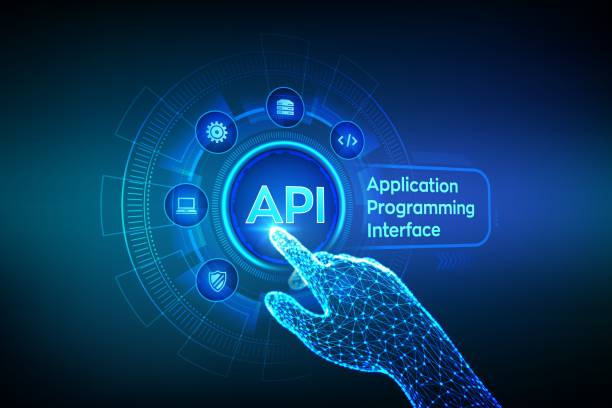
In today’s world, the term #ArtificialIntelligence (AI) is increasingly heard.
But what is an AI robot and how does it differ from other types of robots? Simply put, an AI robot is a robot that uses artificial intelligence algorithms to perform tasks that usually require human intelligence.
These tasks can include learning, reasoning, problem-solving, understanding natural language, and pattern recognition.
Unlike traditional robots that operate based on precise and pre-determined programming, an AI robot is able to adapt to new conditions and make independent decisions.
This ability has made the AI robot a powerful tool in various industries.
Key concepts in this field include Machine Learning, Neural Networks, and Natural Language Processing.
These technologies allow the AI robot to learn from data, recognize patterns, and act intelligently.
To better understand this topic, you can refer to an article on artificial intelligence on Wikipedia.
Does your current website display your brand’s credibility as it should? Or does it scare away potential customers?
Rasaweb, with years of experience in designing professional corporate websites, is your comprehensive solution.
✅ A modern, beautiful website that matches your brand identity
✅ Significantly increase lead generation and new customers
⚡ Contact Rasaweb now to receive free corporate website design consultation!
Diverse Applications of AI Robots in Various Industries
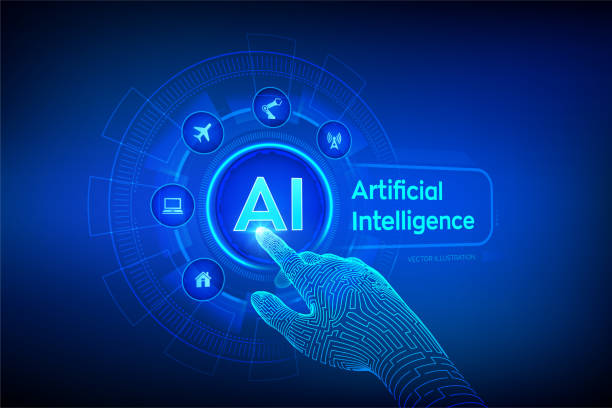
AI robots are rapidly penetrating various industries and playing an important role in improving efficiency and reducing costs.
In the manufacturing industry, AI robots can be used to automate production lines, control quality, and predict equipment failures.
In the healthcare sector, AI robots help doctors diagnose diseases, perform complex surgeries, and provide personalized care.
In the financial industry, AI robots are used to detect fraud, manage risk, and provide investment advice.
Also, in the customer service sector, AI robots can act as virtual assistants to answer customer questions and solve their problems.
For example, IBM has provided numerous examples of AI applications in various industries on its website.
In addition to these industries, AI robots have many applications in areas such as agriculture, education, and transportation.
This variety of applications demonstrates the high potential of AI robots to reshape industries and improve human lives.
Challenges and Limitations of Using AI Robots
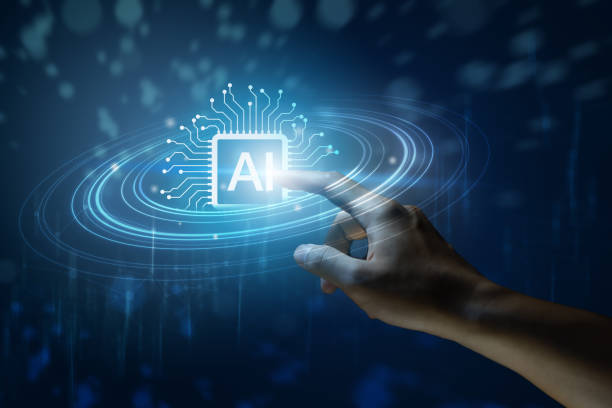
Despite the numerous advantages, the use of AI robots also comes with challenges and limitations.
One of the most important challenges is the high cost of developing and deploying this technology.
AI robots require significant investment in hardware, software, and specialized human resources.
Another challenge is the lack of high-quality training data to train artificial intelligence algorithms.
In order for the AI robot to function effectively, it needs a large amount of accurate and relevant data.
In addition, ethical and legal issues also arise in the use of AI robots.
For example, the decisions of the AI robot may lead to discrimination or inequality.
Also, accountability for the actions of the AI robot is a complex issue.
For more information on the challenges of artificial intelligence, you can refer to an article on Brookings Institution.
Despite these challenges, recent advances in artificial intelligence show that many of these limitations can be overcome.
| Challenge | Description |
|---|---|
| High Cost | Developing and deploying AI robots requires significant investment. |
| Data Scarcity | Artificial intelligence algorithms require a large amount of high-quality data. |
| Ethical Issues | AI robot decisions may lead to discrimination. |
The Future of AI Robots: Predictions and Trends
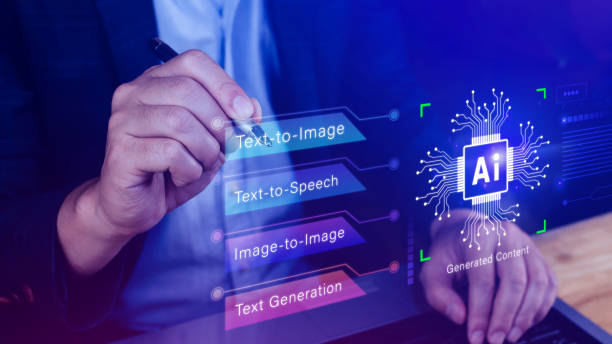
The future of AI robots is very bright and full of potential.
It is predicted that in the coming years, we will see significant advances in this field.
One of the most important trends is the increasing ability of AI robots to learn and adapt to new conditions.
With the development of new algorithms, AI robots will be able to learn from less data and function more effectively.
Another trend is the increasing integration of AI robots with other technologies such as the Internet of Things (IoT) and Cloud Computing.
This integration enables the creation of smarter and more efficient systems.
It is also expected that AI robots will play a more important role in our daily lives.
Future applications of AI robots include self-driving cars, smart homes, and intelligent personal assistants.
To learn about future predictions of artificial intelligence, you can refer to Gartner reports.
Overall, the future of AI robots is full of new and exciting opportunities.
Did you know that your company’s website is the first point of contact for 75% of potential customers?
Your website is the face of your brand. With Rasaweb’s corporate website design services, create an online presence that builds customer trust.
✅ Creating a professional and lasting image of your brand
✅ Attracting target customers and increasing online credibility
⚡ Get free advice from Rasaweb experts!
Types of AI Robots Based on Application and Level of Intelligence

AI robots can be categorized based on various criteria, including application and level of intelligence.
Based on application, AI robots can be divided into the following categories: industrial robots for automating production processes, medical robots for assisting doctors in diagnosing and treating diseases, service robots for providing services to customers, and military robots for performing dangerous tasks.
Based on the level of intelligence, AI robots can be divided into the following categories: reactive robots that can only respond to specific stimuli, memory robots that can store and retrieve information, theory of mind robots that can understand the mental states of others, and self-aware robots that have awareness and self-awareness.
It should be noted that most of the AI robots currently available fall into the category of reactive or memory robots.
For more information on types of robots, you can visit the Robotics Industries Association (RIA).
The Role of Data in Training and Improving the Performance of AI Robots
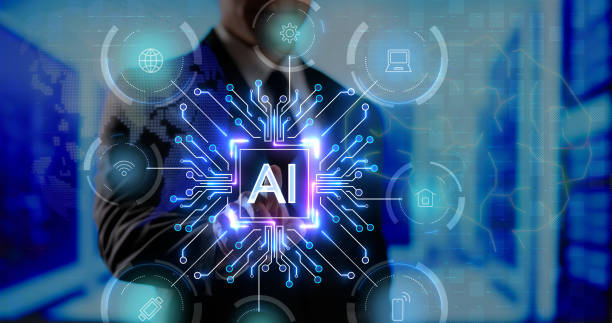
Data plays a vital role in training and improving the performance of AI robots.
Artificial intelligence algorithms require a large amount of training data to learn and recognize patterns.
The more and higher quality the training data, the better the AI robot can function.
The process of training an AI robot typically includes the following steps: data collection, data preprocessing, model training, model evaluation, and model tuning.
In the data collection stage, the required data is collected from various sources.
In the data preprocessing stage, the data is cleaned and prepared.
In the model training stage, the artificial intelligence algorithm is trained using the training data.
In the model evaluation stage, the model’s performance is evaluated using test data.
In the model tuning stage, the model parameters are optimized.
For more information on machine learning, you can refer to an article on Google Developers.
The importance of data in the performance of AI robots is undeniable.
Case Study: AI Robots in the Automotive Industry
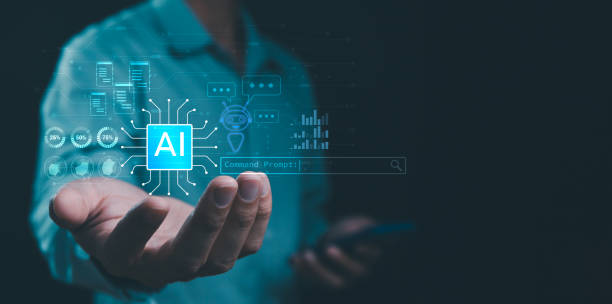
The automotive industry is one of the industries that widely uses AI robots.
AI robots are used in this industry for automating production lines, controlling quality, developing self-driving cars, and providing services to customers.
In production lines, AI robots can perform tasks such as welding, painting, and assembling parts.
These robots operate with high accuracy and speed and can significantly increase productivity.
In quality control, AI robots can detect defects in parts using sensors and cameras and prevent defective parts from entering the production line.
In the development of self-driving cars, AI robots are used for processing sensor data, decision-making, and controlling the car.
For more information on the application of artificial intelligence in the automotive industry, you can visit the Tesla website.
AI robots play an important role in the transformation of the automotive industry.
| Application | Description |
|---|---|
| Production Line Automation | Welding, painting, and assembling parts |
| Quality control | Detecting defects in parts |
| Self-Driving Cars | Processing sensor data and controlling the car |
Security and Ethics in the Use of AI Robots

Security and ethics are two important issues in the use of AI robots.
AI robots can be vulnerable and misused.
For example, hackers can hack AI robots and use them to carry out cyber attacks.
Also, AI robots can make decisions that are ethically incorrect.
For example, an AI robot may make a decision that is detrimental to a particular group due to discrimination in the training data.
To prevent these problems, appropriate security measures must be taken to protect AI robots and artificial intelligence algorithms must be designed to make ethical decisions.
Also, laws and regulations must be put in place for the use of AI robots to prevent misuse of this technology.
For more information on ethics in artificial intelligence, you can refer to an article on Berkeley.
Security and ethics must be considered in all stages of the development and use of AI robots.
Did you know that your company’s website is the first impression customers have of your company? Multiply your business credibility with a powerful corporate site from Rasaweb!
✅ Exclusive and eye-catching design tailored to your brand
✅ Improving user experience and increasing customer attraction
⚡ Get free consultation!
Difference Between AI Robots and Traditional Automation
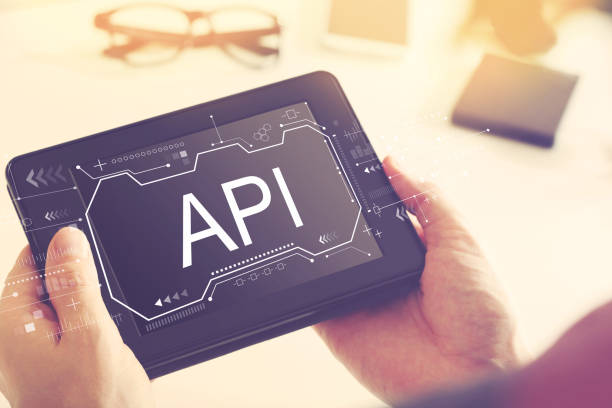
The main difference between AI robots and traditional automation is the ability to learn and adapt.
Traditional automation works based on pre-determined programs and cannot adapt to new conditions.
In contrast, AI robots can learn from data and adapt to new conditions.
For example, a traditional industrial robot can repeat a specific task over and over, but it cannot learn how to perform new tasks.
In contrast, an AI robot can learn how to perform new tasks by observing and analyzing data and improve its performance.
This learning and adaptation capability makes AI robots a more powerful and flexible tool than traditional automation.
To better understand the differences, read a comparison on Automation.com.
AI robots are capable of performing more complex and diverse tasks than traditional automation robots.
Skills Required to Work with AI Robots

To work with AI robots, various skills are required.
Some of these skills are technical and others are non-technical.
Technical skills include programming, machine learning, statistics, and mathematics.
Non-technical skills include problem-solving, critical thinking, creativity, and communication.
Programmers must be able to implement artificial intelligence algorithms and program AI robots.
Machine learning specialists must be able to train machine learning models and improve their performance.
Statisticians and mathematicians must be able to analyze data and identify patterns.
To succeed in this field, gaining knowledge in artificial intelligence and studying online resources such as Coursera is essential.
In addition to these skills, having a passion for learning and solving problems is also essential for working with AI robots.
Frequently Asked Questions
| Question | Answer |
|---|---|
| What is an AI robot? | An AI Robot is a machine capable of understanding the environment, reasoning, learning and making decisions to perform tasks independently. |
| What is the difference between regular robots and AI robots? | Ordinary robots perform repetitive tasks based on pre-programming, while AI robots can learn from experience, interact dynamically with the environment, and even behave in a way that resembles human intelligence. |
| What are the main applications of AI robots? | They are used in industries (manufacturing, assembly), medicine (surgery, diagnosis), services (customer support, home), exploration (space, underwater) and many other fields. |
| What technologies are used in the construction of AI robots? | Machine Learning, Computer Vision, Natural Language Processing, Deep Learning and Robotics are among the key technologies. |
| Can AI robots have emotions? | Currently, robots do not have emotions in the human sense. They can identify and react to emotions, but they do not experience emotions themselves. |
| What are the main challenges in developing AI robots? | Safety, reliability, ethics, autonomy, adaptability to complex environments and natural interaction with humans are important challenges. |
| How are AI robots trained? | They are usually trained using large amounts of data, machine learning algorithms and deep learning to identify patterns and make decisions. |
| Examples of AI robots in everyday life? | Smart robotic vacuum cleaners, customer support chat robots, self-driving cars and surgical robots in hospitals. |
| Are AI robots a threat to human jobs? | Some repetitive jobs may be automated, but at the same time, robots can increase productivity and create new jobs in the development, maintenance and monitoring of these systems. |
| How is the future of AI robots predicted? | They are expected to become smarter, more autonomous and capable of performing more complex tasks and be in closer interaction with humans in different environments. |
And other services of Rasa Web Advertising Agency in the field of advertising
Intelligent SEO: Designed for businesses looking to increase sales through Google Ads management.
Intelligent Direct Marketing: A combination of creativity and technology to attract customers through intelligent data analysis.
Intelligent Reporting: A new service to increase campaign management through marketing automation.
Intelligent Conversion Rate Optimization: A creative platform to improve website visit increase by customizing the user experience.
Intelligent Digital Advertising: Professional optimization to improve SEO ranking using dedicated programming.
And more than hundreds of other services in the field of internet advertising, advertising consulting and organizational solutions
Internet Advertising | Advertising Strategy | Report Ad
Resources
What is a smart robot and what are its applications?
,Applications of artificial intelligence in robotics
,What is a smart robot or an AI robot?
,Artificial intelligence in robotics: an improving trend from testing to reality
? Are you ready to fly in the digital world? Rasaweb Digital Marketing Agency is your strategic partner on the path to online growth and success. We put your business at the top by providing services such as SEO, online advertising, and multilingual website design.
📍 Tehran, Mirdamad Street, next to the Central Bank, South Kazerun Alley, Ramin Alley No. 6
“`




